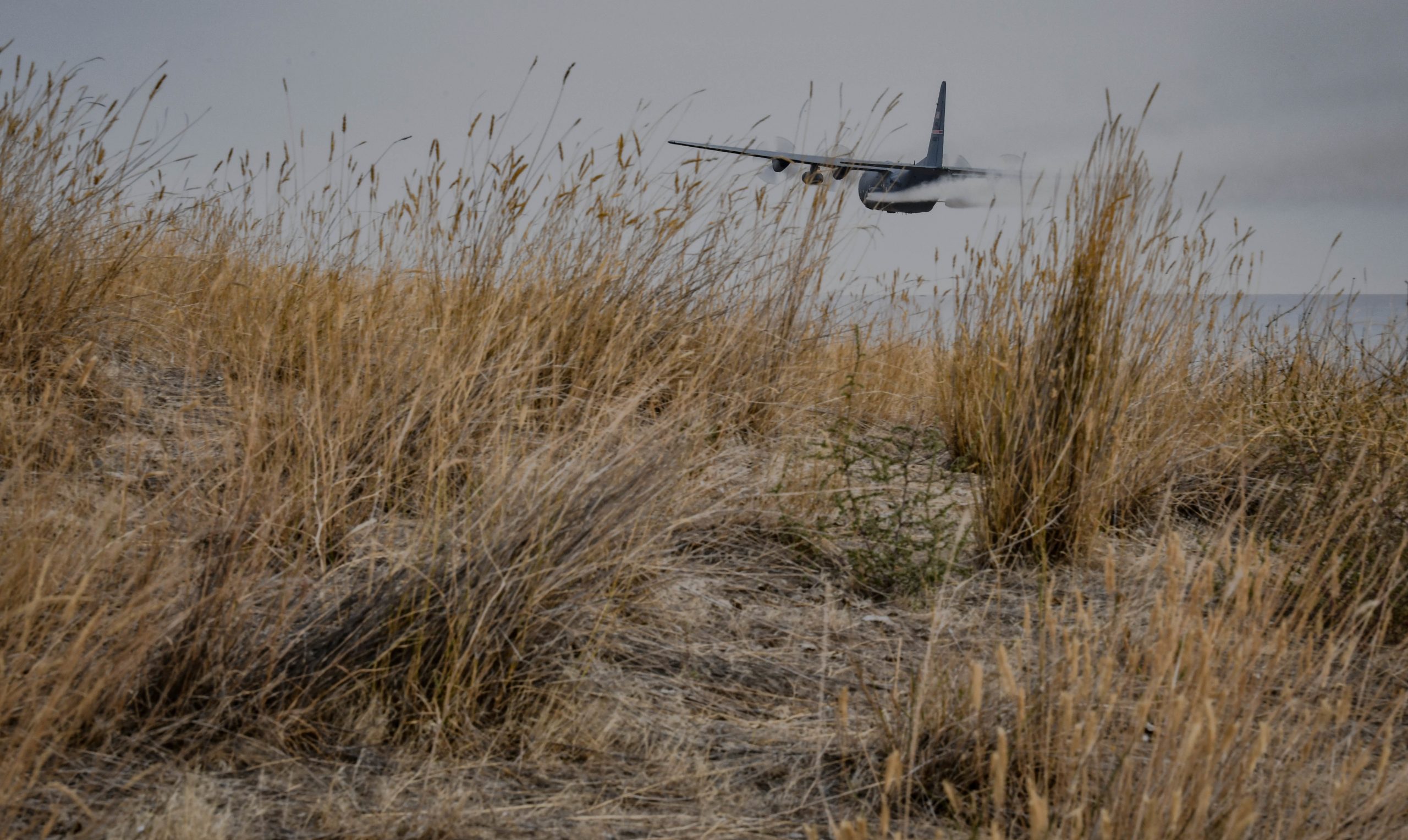“People should be concerned because we found so much more of the virus this year.”-Karen Tobin, Erie County West Nile virus coordinator
Health officials in Erie County, Pennsylvania, are warning that 2013 could be another big year for West Nile virus.
Erie County did not have as many human cases of the virus, as the rest of the Keystone State, but they had a relatively higher percentage of infected mosquitoes: “We didn’t trap as many mosquitoes as we usually do, but a high percentage of the ones we caught had West Nile.”-Jeff Bresslin, Erie County Department of Health
Officials blame it on the weather: “The mild winter enabled many of the mosquitoes to survive through spring.”-Karen Tobin, Erie County West Nile virus coordinator
In South Carolina, officials are also blaming the weather, saying 2012 was a record year for average daily high temperatures. For 2012 the city of Columbia had an average daily high of 67 degrees Fahrenheit (19.4 Celsius). Normally The Capital of Southern Hospitality, in the Palmetto State, is around 66 degrees for the average. The National Weather Service has been keeping temp records there since 1887.
Despite stating that they won’t make another West Nile report until Spring 2013, the U.S. Centers for Disease Control and Prevention is already predicting 2012 to be a banner year, but they don’t know why: “It is not clear why we are seeing more activity than in recent years.”-Marc Fischer, CDC
One CDC official said each state could have its own reasons for West Nile outbreaks: “….the ecology in the United States is extremely varied, so a factor that may affect an outbreak in Colorado may be different than a factor that causes an outbreak in Louisiana. The conditions in an urban area may be different than a suburban area.”-Lyle Peterson, CDC
PLOS Biology reported yet another study that blames lack of bio-diversity for causing all the outbreaks of tropical diseases: “The general logic is that the more organisms you have out there, the more things there are that can interrupt the life cycle of disease, and the less concentration you’ll have of any vector.”-Matthew Bonds, Harvard Medical School, from interview with National Public Radio (NPR)
CDC officials are predicting that by the time the numbers are crunched 2012 will have the most human cases since the Gregorian year of 2004. More than 80% of cases took place in Texas, Oklahoma, and Mississippi.
In Texas, health officials are hesitant to say the West Nile season is over, they blame the weather: “We’re telling people if you’re going to be outside and the weather is 55 degrees or higher, you should think about using a mosquito repellent. I don’t want to be blamed if someone gets infected after we announce the end of the season and they stop taking precautions.”-Wendy Chung, Dallas County Health and Human Services
Texas are still getting infected with West Nile, even though it’s Winter. Health officials say a big concern is blood donors: “….we also started seeing infections among blood donors who had no symptoms. That’s when we started getting worried.”-Wendy Chung, Dallas County Health and Human Services
In Nevada, a Las Vegas woman was diagnosed with West Nile in December. Her infection is not considered serious. The Southern Nevada Health District says that despite cooler weather they are still finding infected mosquitoes.
A California woman has died since the beginning of December. She’s the first West Nile death for Orange County. During the week of xmas, health officials reported six new human cases, for a total of 459.
A college basketball player in Gibson County, Indiana, reports that even when you get over West Nile infection, the symptoms never seem to go away: “….I still get headaches. If I stand up fast, I get dizzy. The doctors said this could go on for six months, or it could end tomorrow. I never know if I’ll have a good day or a bad day. Three or four days a week are bad days. I always have a constant headache, but I’ve learned to live with that and with the bad days.”-Rachel Sensmeier
The virus isn’t going after just horses and humans, it’s also killing off birds. So many Sage Grouse have been killed off in North Dakota that Montana is considering sending some of their own grouse to help the Peace Garden State. 40 female Sage Grouse are going to be sent from Montana to North Dakota by 2014/15. Since 2007 North Dakota’s Sage Grouse population has been cut in half by West Nile virus. Officials are concerned the birds have reached a point where normal reproduction trends will not allow the birds to recover: “One of the thoughts is that with the population as low as it is, we may be experiencing a genetic bottleneck where bringing in new genes from Montana may help.”-Aaron Robinson, North Dakota Department of Game and Fish
However, Montana officials think the 2014/15 date is too late: “We’re supportive of helping North Dakota out, but it might be one of those things where the timing is off.”-Rick Northrup, former Montana Department of Fish, Wildlife and Parks
How much does it cost to transplant Sage Grouse? About $4,000 USD per bird! A similar attempt was tried with sending Montana birds to Canada, and it was considered a failure. Only one of the 40 had chicks.
And staying on the subject of birds, officials with the Wildlife Rehabilitation Center of Minnesota, say they’ve had a record year for treating sick animals, especially crows. Some encouraging news; they say they might be seeing a new weaker version of West Nile: “In previous cases, once an animal was infected with West Nile, it was almost 100% mortality. There’s a new strain, though, that there’s a belief that maybe the mortality rate is lower and that there are certain things we can do. Most of the time the treatment is rest and feeding, just like humans need when they have flu.”-Phil Jenni, Wildlife Rehabilitation Center





